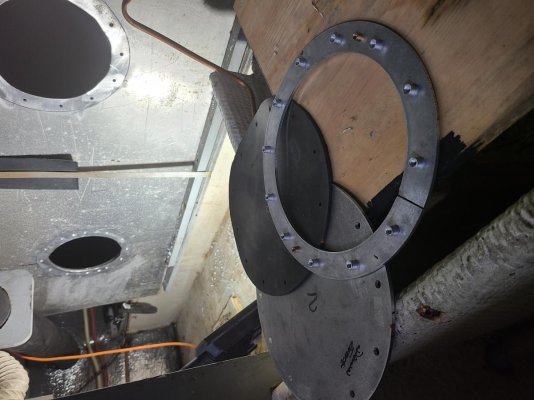River Song
Veteran Member
- Joined
- Dec 16, 2020
- Messages
- 30
- Vessel Name
- "Miley"
- Vessel Make
- Grand Banks 36 Classic
My husband and I have noticed a small pooling of diesel fuel accumulating in front of the fuel tanks, between the outboard hull stringer and the hull. We have investigated, and so has our local boat yard, but we have not been able to find the source of the leak. We are speculating, based on what we have read on this forum, that the fuel tanks might be the culprit. So, my question is: Has anyone replaced the fuel tanks on a twin engine GB 36? If so, what was your experience, and how did you accomplish the task?
Many thanks in advance.
Many thanks in advance.


